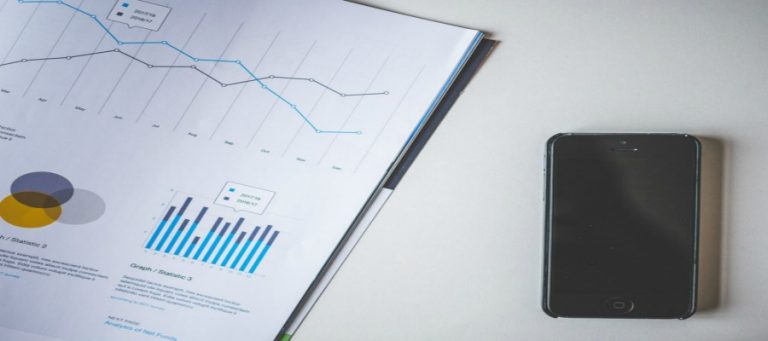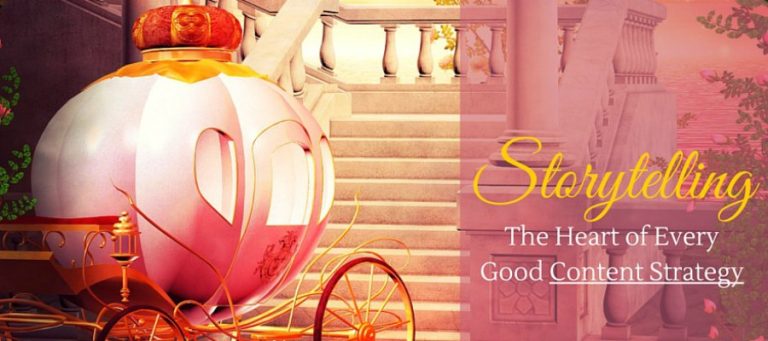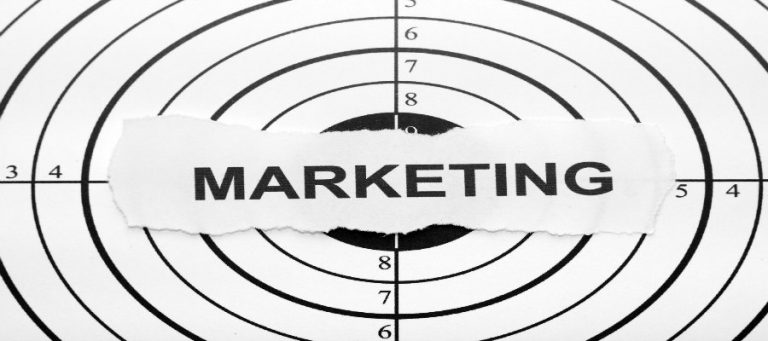Features vs Benefits, Building Your Marketing Plan To Fulfill Consumer Needs
We love to talk about our businesses. Give us thirty seconds and we can rattle off all the products and services we offer, when and where we offer them, and in what shapes and sizes they come in.
While this may make you the envy of your friends, it does little to earn you the trust of the people who can put money in your pocket – potential consumers.
These “would be” consumers have needs to fulfill. Problems to resolve. And despite how impressive the bulleted list of features on your website may be, true power is granted to the one who figures out how to connect those features with consumer pain points and produce the outcomes they desire.
Consumers buy benefits, not features.
While the features of a product or service are essential, it is the benefit to the consumer that entices them to take action.
Think of the countless number of products that worked well, but are no longer in widespread use. Handheld video cameras, compact discs, and pagers, all past technologies with capable features, but were replaced by one tiny device that held a greater benefit to the consumer – the smartphone.
And services. When is the last time you walked into your bank? That’s what I thought.
Banks still offer the same features they always have, things like checking and savings accounts. But now those features are presented in a way that provides a greater benefit to consumers, such as offering mobile banking apps.
The difference between the two.
Features are the hard core facts about what you offer. They’re the product specs, the ingredients, the list of services, etc. Features are the text book definition of what your product or service does or contains.
Benefits, on the other hand, are less about you and more about what your product or service does for the consumer. They are the classic embodiment of the familiar saying, “What’s in it for me?”
And while it’s tempting to pit these two forces against one another, truth be told, you can’t have one without the other. Features are the hook that you hang the benefit picture on.
Lead with the benefit, close with the facts.
To increase sales momentum, it all goes back to your marketing plan. The goal of an effective marketing plan is to define your target market and identify the best way to reach them with a branded message that compels them to act.
To figure out the “best way” to reach them, you must first understand what their unarticulated needs are and search for the hidden opportunity to soothe the pains that ache.
If “lack of time” is an issue, your marketing messages should explain how your product or service can save them time. If your ideal consumer is challenged with finding an attorney who “listens”, your marketing should draw attention to the fact that you do listen and value what’s being said.
Think of your marketing plan as your workbook. Take the time to unpack each feature you offer and pair it with a corresponding benefit to the consumer. Use these benefits to create marketing messages that will ultimately sell those features that you take pride in.






